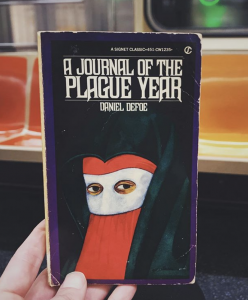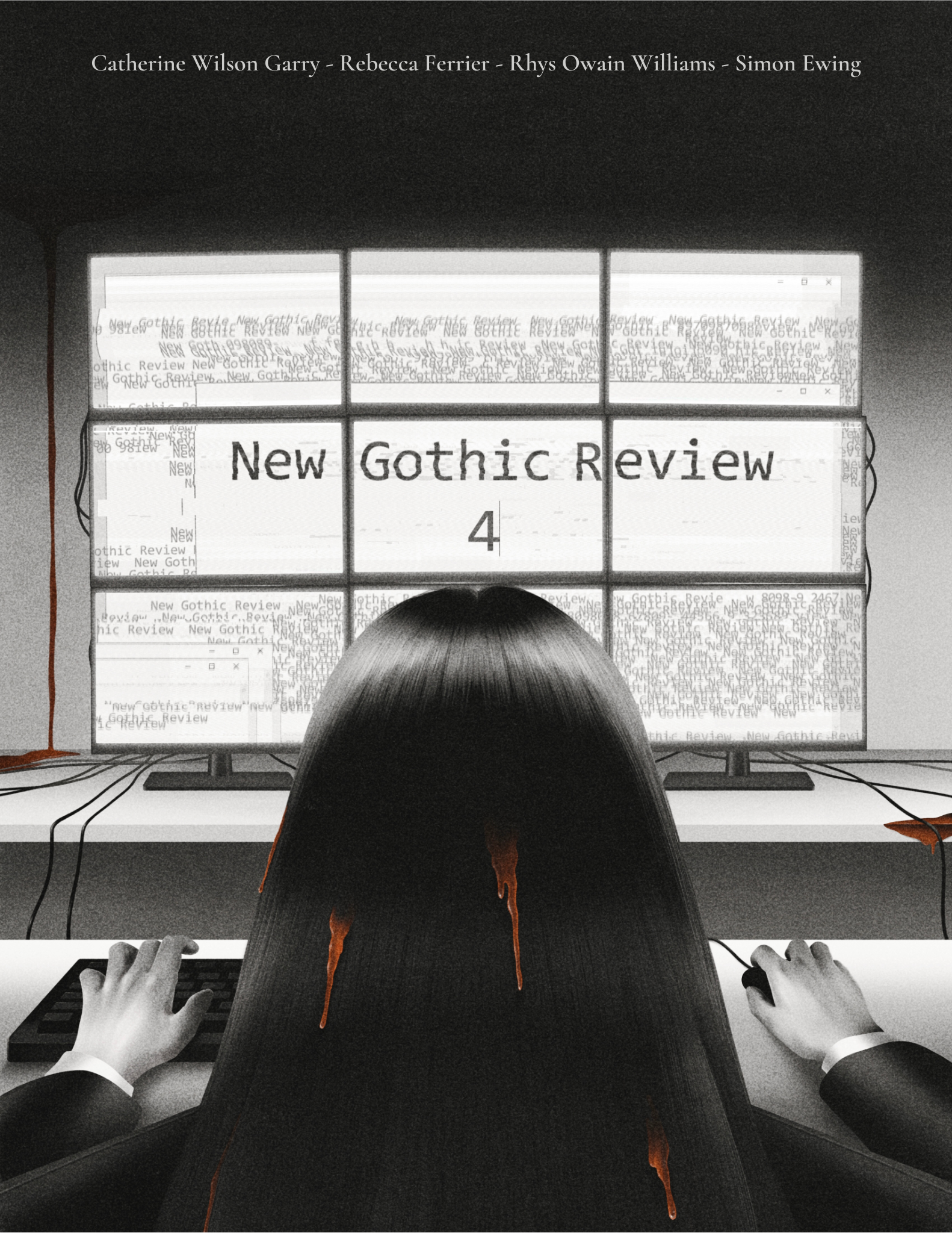
This one has been on the pile for a while now— I suppose I just got bit with the inspiration bug all of a sudden… .
Written in 1721, A Journal of the Plague Year was an attempt by the writer Daniel Defoe to alert an indifferent London populace to the horrors of the plague, which had been threatening the European continent again. His goal was to “recreate” what it was like during the previous plague outbreak of 1665 in a true to life but fictional narrative. What he ended up with was the foundation for the modern day historical novel.
While far too early to truly be considered “gothic,” the novel shows the slow tightening grip of doom over the city of London. It follows a saddler who decides to stay and wait out the plague, observing the collapse civility, morality, and humanity as the city succumbs to decay.
While it all sounds quite grave, it is not without its healthy bouts of humor. Defoe writes in many absurd realities: mandates ranging from the forbiddance to posses musty corn to the order that official body removers pay themselves from the coins in the pocket of the deceased they remove—for lack of city funding. #freelance .
The characters, too, are fit for any Monty Python sketch. Our protagonist loves to roam the isolated streets and troll the swindlers telling prophecies from clouds or the quack doctors taking advantage of the poor.
“I am a poor almswoman, and your bills say you give the poor your help for nothing.” “Ay good woman,” says the doctor. “So I do. I give my advice to the poor for nothing, but not my physick!”
The narrative is quite loose, but then again, being one of the first modern novels in the English language, it deserves a break. If you fancy a little dark humor, mixed, of course, with some unseemly horrors, this book is a treat.
Wishing all good health and high spirits.




